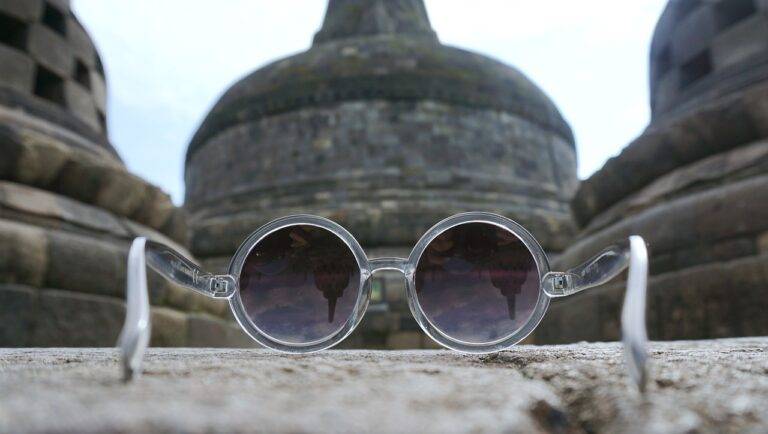The Power of Mindful Movement for Chronic Pain Management: Feldenkrais Method, Pilates, and Somatic Experiencing for Pain Relief and Rehabilitation
Mindful movement has gained recognition as a promising approach for managing chronic pain. By combining physical activity with a focus on mental awareness, individuals can develop a deeper connection with their bodies and cultivate a more holistic approach to pain management. This practice emphasizes gentle movements that allow for increased body awareness and improved posture, which can help alleviate the impact of chronic pain on daily life.
Furthermore, the emphasis on mindfulness in movement helps individuals develop a greater sense of self-efficacy and control over their pain. By fostering a mindset of awareness and acceptance, mindful movement can empower individuals to better cope with their pain and reduce the emotional distress often associated with chronic pain conditions. This approach encourages a shift in perception towards pain, allowing individuals to develop a more positive relationship with their bodies and ultimately improve their overall quality of life.
Understanding the Feldenkrais Method for Pain Relief
The Feldenkrais Method is a holistic approach to improving movement patterns and promoting overall well-being. Developed by Moshe Feldenkrais, this method focuses on enhancing body awareness and exploring new ways of moving to reduce pain and discomfort. Through gentle and mindful movements, individuals can improve flexibility, coordination, and posture, leading to a reduction in chronic pain symptoms.
Central to the Feldenkrais Method is the concept of neuroplasticity, which states that the brain has the ability to reorganize and form new neural connections throughout life. By engaging in specific movements and exercises, individuals can rewire the brain to improve movement efficiency and decrease pain. This method emphasizes the importance of quality over quantity, encouraging individuals to perform movements with attention and awareness to facilitate lasting changes in the body.
• The Feldenkrais Method is suitable for individuals of all ages and physical abilities
• Sessions can be done in group classes or one-on-one with a certified practitioner
• The gentle nature of the movements makes it safe for those dealing with chronic pain conditions
• Practitioners focus on helping individuals improve their overall quality of life through increased body awareness and movement efficiency
Exploring the Role of Pilates in Rehabilitation
Pilates has gained popularity in the realm of rehabilitation due to its ability to improve strength, flexibility, and overall body awareness. This low-impact exercise method focuses on controlled movements that target specific muscle groups, making it particularly beneficial for individuals recovering from injuries or managing chronic pain. By emphasizing core strength and proper alignment, Pilates can help alleviate discomfort and improve functional movement patterns, ultimately aiding in the recovery process.
Furthermore, Pilates offers a mind-body connection that encourages practitioners to be more in tune with their bodies and movements. This heightened awareness not only helps prevent future injuries but also promotes a sense of empowerment and confidence in one’s physical abilities. Through consistent practice, individuals undergoing rehabilitation can experience improved posture, reduced pain, and increased mobility, leading to a faster and more effective recovery journey.
How can Pilates help with rehabilitation?
Pilates can help with rehabilitation by improving strength, flexibility, balance, and overall body awareness. It can also help in reducing pain and preventing further injuries.
Is Pilates suitable for everyone, including those with chronic pain?
Yes, Pilates is suitable for people of all fitness levels and can be modified to accommodate individuals with chronic pain. It is important to work with a qualified instructor who can tailor the exercises to your specific needs.
Can the Feldenkrais Method be used for pain relief?
Yes, the Feldenkrais Method focuses on improving movement patterns and body awareness, which can help with pain relief. By retraining the brain to move in a more efficient way, individuals can experience decreased pain and improved function.
How does mindful movement benefit chronic pain management?
Mindful movement practices, such as Pilates and the Feldenkrais Method, can help individuals with chronic pain by increasing body awareness, reducing stress, improving posture, and enhancing overall well-being. These practices can help individuals better understand their bodies and how to move in ways that promote healing and pain relief.







